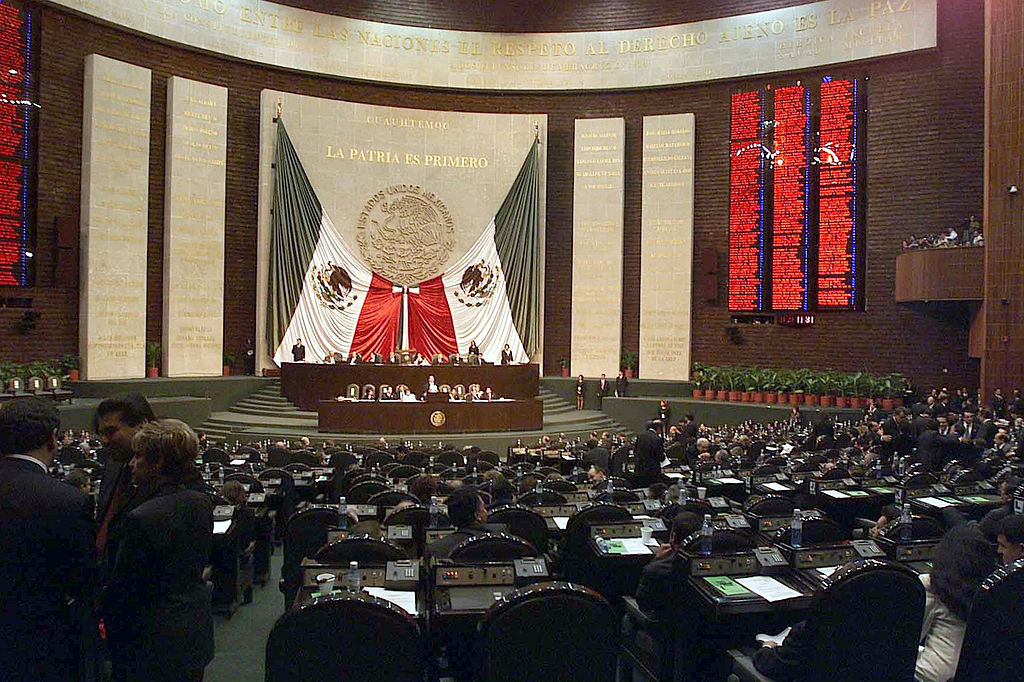The signing of an addendum to the Pacto por México and the launch of a banking reform proposal suggest a solution to the country’s interparty political dispute. According to a research note twitted by AllianceBernstein, they also reinforce the commitment to much-needed structural reforms, creating a constructive economic and financial outlook.
On Tuesday, May 7, Mexican President Enrique Peña Nieto and representatives from the three largest political parties—the ruling PRI and opposition PAN and PRD—signed an addendum to the Pacto por México (PPM). This new accord rekindled the multiparty compromise to implement a series of ambitious policy reforms throughout Mexico’s economy. These reforms were initially included in the original PPM, which was signed last November.
A Likely Boost to GDP Growth
According to AllianceBernstein’s calculations, Mexico’s potential gross domestic product (GDP) growth rate is currently near 3.5% annualized. “The enactment of a wave of reforms seems likely to lift that GDP cruising speed by at least 1.5% annualized over the medium term, and gradually contribute to rising per capita incomes”, points out the research, adding that the opening of the energy and telecom sectors to competition is likely to lure foreign direct investment inflows bolstering foreign investment, which has been lagging that in other Latin American nations and providing support for peso-denominated assets.
Finally, AllianceBernstein thinks the chances are good for Mexico’s sovereign-debt rating to be further upgraded. Fitch recently upgraded Mexico, and Standard & Poor’s shifted its rating outlook to positive from neutral in March. They wouldn’t be surprised to see further upgrades this year and in 2014.

